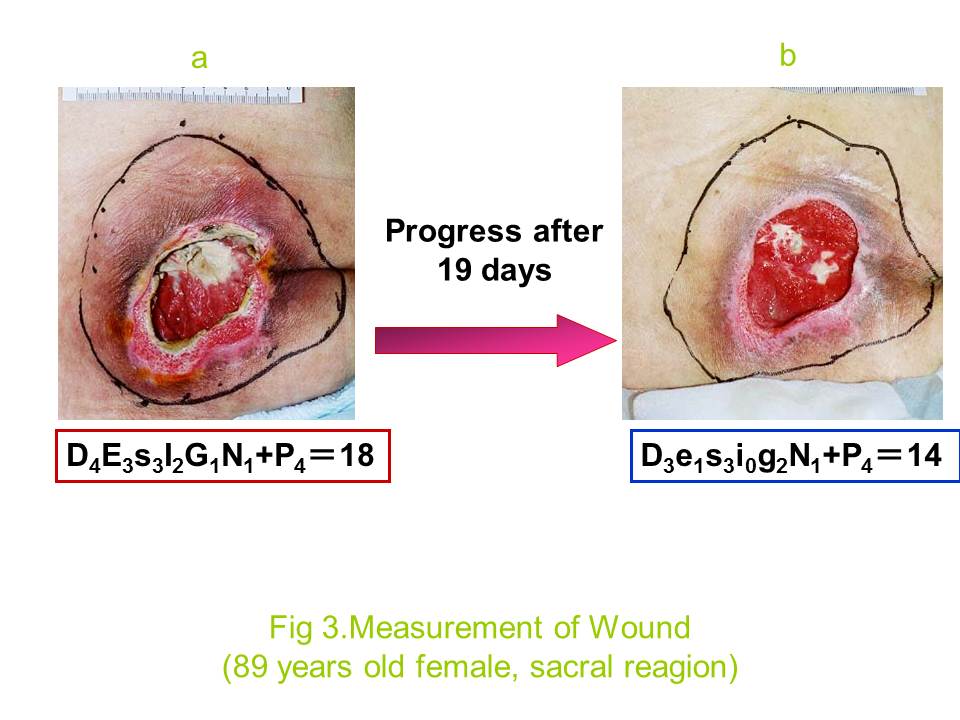What is the DESIGN tool?
DESIGN is an acronym derived from the six items used to classify and assess wound-healing progression:
- Depth
- Exudate
- Size
- Infection
- Granulation
- Necrosis
P is added to the acronym when a pocket (undermining) is present.
The severity of each item is classified as 'slight' indicated by lower-case letters or 'serious' , indicated by upper-case letters. A wound's status, therefore, can be quickly determined by this unique lettering system. For example, if the degrees of depth, size and necrosis are serious and a pocket is present, the wound will be described as DeSigN+P.
A point system is used to further define the status of each item, with higher scores indicating greater severity and lower scores less severity. For example, if a wound has fewer upper-case designations and its total score decreases over time, this indicates progressive improvement.
Space at the bottom of the table is used to specify the location of the pressure ulcers -for example, the sacrum or the ischium- and to add any relevant comments.
Severity classification table
Fig 1 demonstrates the classification scores given to each item. All are easy to use and self-explanatory.
With regard to size, although computer software is available to accurately measure the surface area, its high cost precludes its use in most Japanese hospitals, despite its reliability and ease of use. Therefore, the 'perpendicular' method is used to calculate this.
Healing progression table
Fig 2 shows the healing progression monitoring tool. Again, all items are assessed and classified.
Using the scale
The wound progression photos (Figs 3a and b) show how the DESIGN tool is used to monitor a wound's progress over time. Fig 3a is assessed as D4E3s3I2G1N1+P4=18. D, E, I, G, N identify depth, exudate, infection, granulation and necrosis as 'severe' items requiring immediate attention, whereas the lower-case s indicates that size is a lower priority. +P indicates the presence of a pocket. A total score of 18 quantifies the severity.
Fig 3b shows the same wound 19 days later, when the wound was evaluated as D3e1s3i0g2N1+P4=14. D and N indicate the higher priority items that remain, whereas exudate, infection and granulation have become lower priorities.
This example demonstrates how the severity of a pressure ulcer can be classified and the progress of healing monitored.


